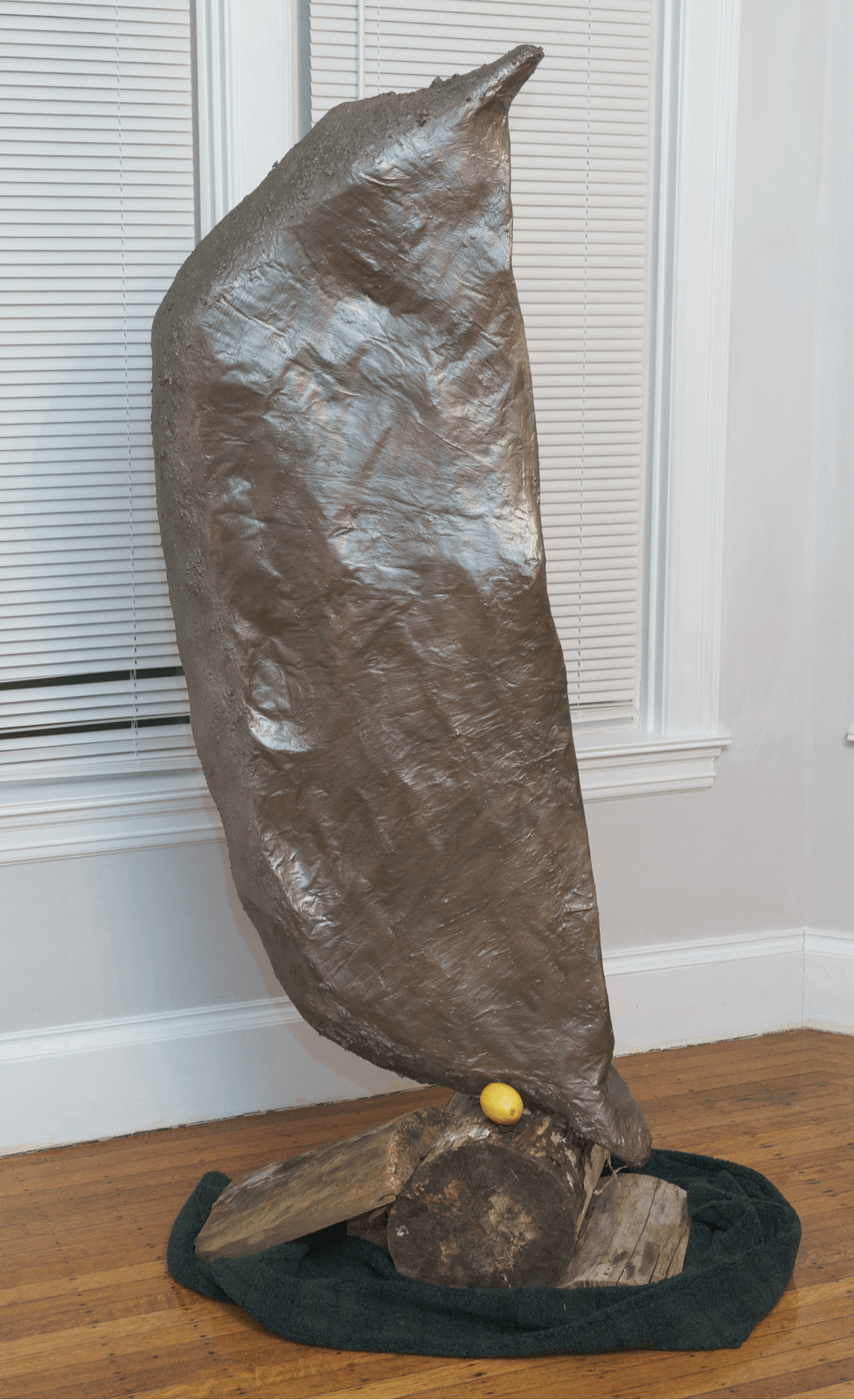We caught up with the brilliant and insightful Eva Okrent a few weeks ago and have shared our conversation below.
Alright, Eva thanks for taking the time to share your stories and insights with us today. What’s been the most meaningful project you’ve worked on?
Community lives at the heart of my practice. I host monthly figure drawing nights for all levels to share space and reconnect with the fundamentals of art-making. It’s a low-stakes, welcoming environment—an antidote to the disillusionment and isolation many creatives experience today. I also organize The Lemonade Stand, an end-of-summer music and art festival held outside at I-195 District Park, in the center of Providence. It features local musicians and visual artists, a platform for emerging voices in Providence, and is open not only to the creative community, but the community at large. I see these gatherings as a natural extension of my studio practice—communal, joyful, and rooted in nostalgia, inviting people to imagine better, more connected ways of living through perennial events and gatherings.
The Lemonade Stand started as an experiment in painting. My studio quickly became full of studies of lemons and landscapes with hidden lemons. In the summers, painting outside is a great escape and I started calling my little outdoor studio the lemonade stand. When I decided that I wanted to create a platform for emerging artists the mini music festival was born.
This project has given direction to my studio practice, created an ever growing New England artist community, and brought joy to everyone I’ve shared it with. When the world is full of hardship and intensity, the small powerful lemon is a sign of how real and malleable our experience is.
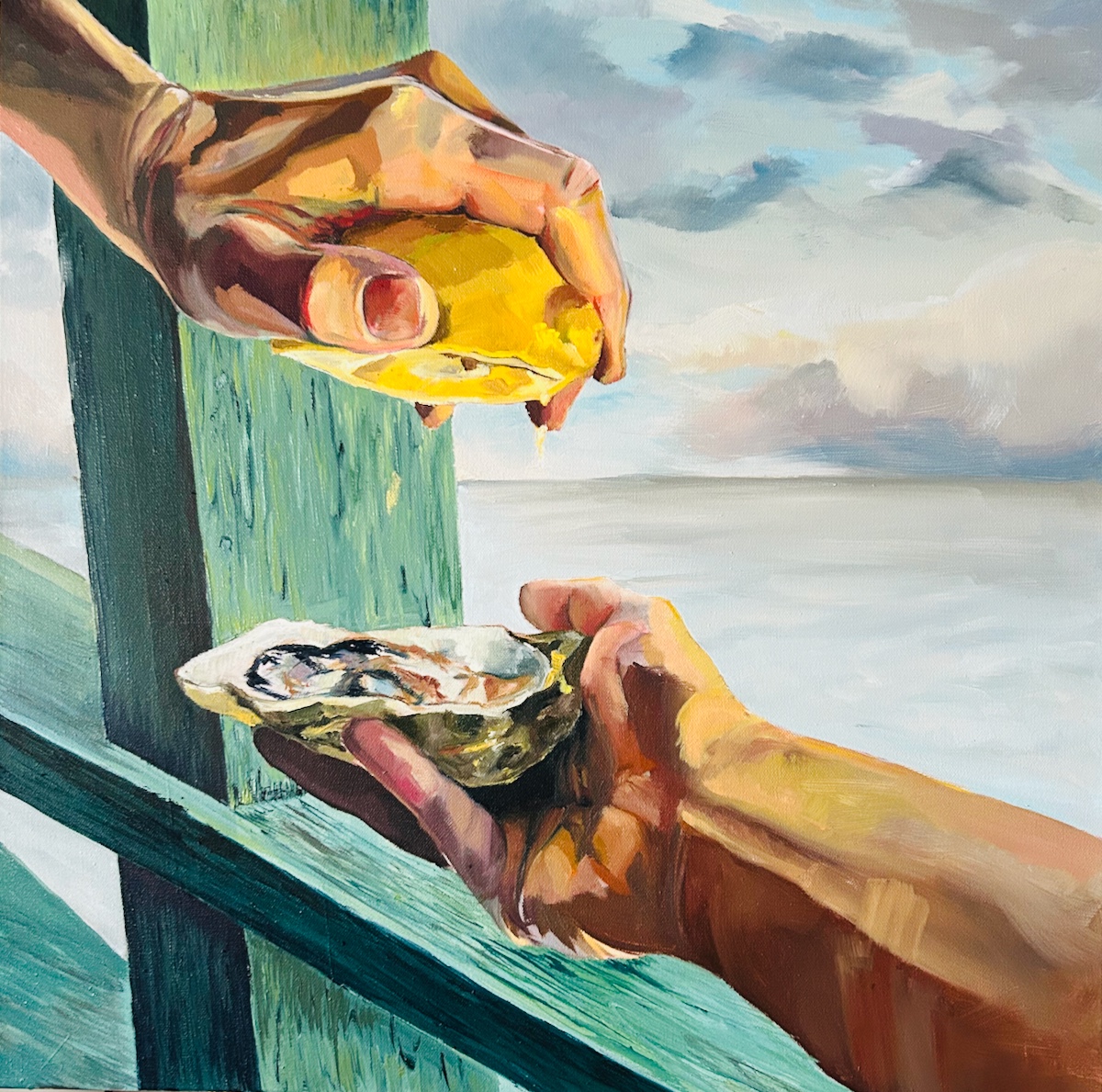

Eva, love having you share your insights with us. Before we ask you more questions, maybe you can take a moment to introduce yourself to our readers who might have missed our earlier conversations?
I am a multidisciplinary artist living and working in Providence, RI, trained as a painter and rooted in a practice that spans landscapes, portraiture, and still life vignettes. From a first person perspective, I imagine a glass of lemonade squeezed for our collective tomorrow. My current body of work revolves around zesty, bright paintings of lemons— fresh, sliced, pickled, or spoiled. Lemons have historic symbolism, representing travel, wealth, and discovery. In my research, written history shows a colonial and patriarchal stronghold on the control over the lemon and its evolution. I believe the lemon’s future is based in joy, rather than subjugation and control. Lemons are a lens to further a perspective of feminism and community on the bittersweet textures of contemporary life.
Material reuse is central to my work. I collect the physical remnants of my studio—dried paint, gloves, paper towels—and sculpt them into lemon forms. Sculpture allows a shift in the narrative toward transformation: What can we make out of what we’ve discarded? How do we assign value to materials, memories, and traditions that have been overlooked or undervalued? I believe this conservation of materials and their reuse shows how art is part of a beneficial ecology, not just for the planet, but for culture, society, and relationships.
I hope to continue drawing parallels between historical objects and contemporary concerns—building artwork that reflects not only the weight of our shared pasts but the possibilities of how we gather, heal, and make meaning together for the future.
As a Jewish artist, I’ve long understood the lemon as more than a fruit—it’s a sacred object, a symbol of diaspora, and a carrier of both cultural pride and geopolitical tension. The lemon, once as valuable as gold now often viewed as ordinary, becomes a powerful metaphor for friction between value and perception, economy and intimacy, sweetness and sourness.
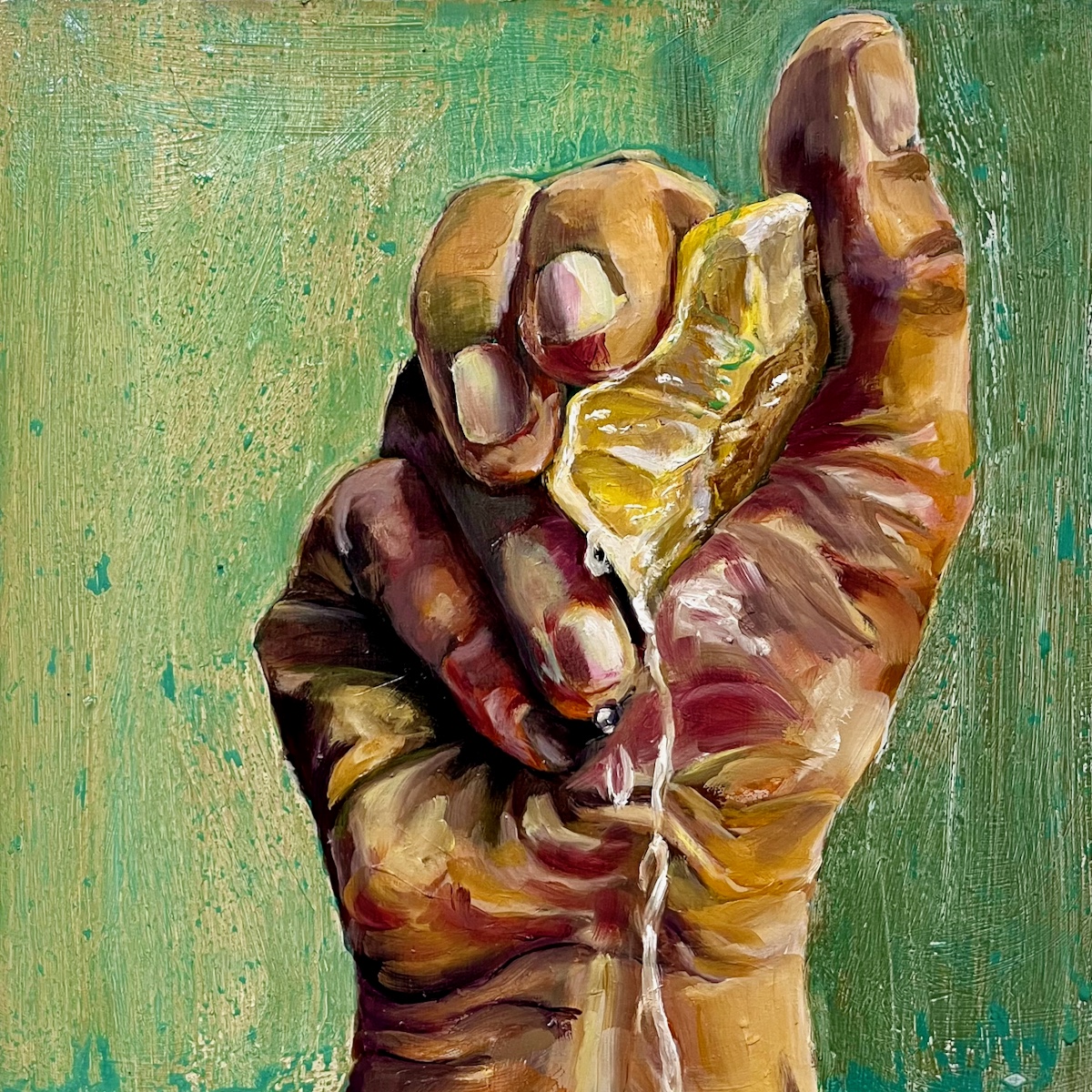
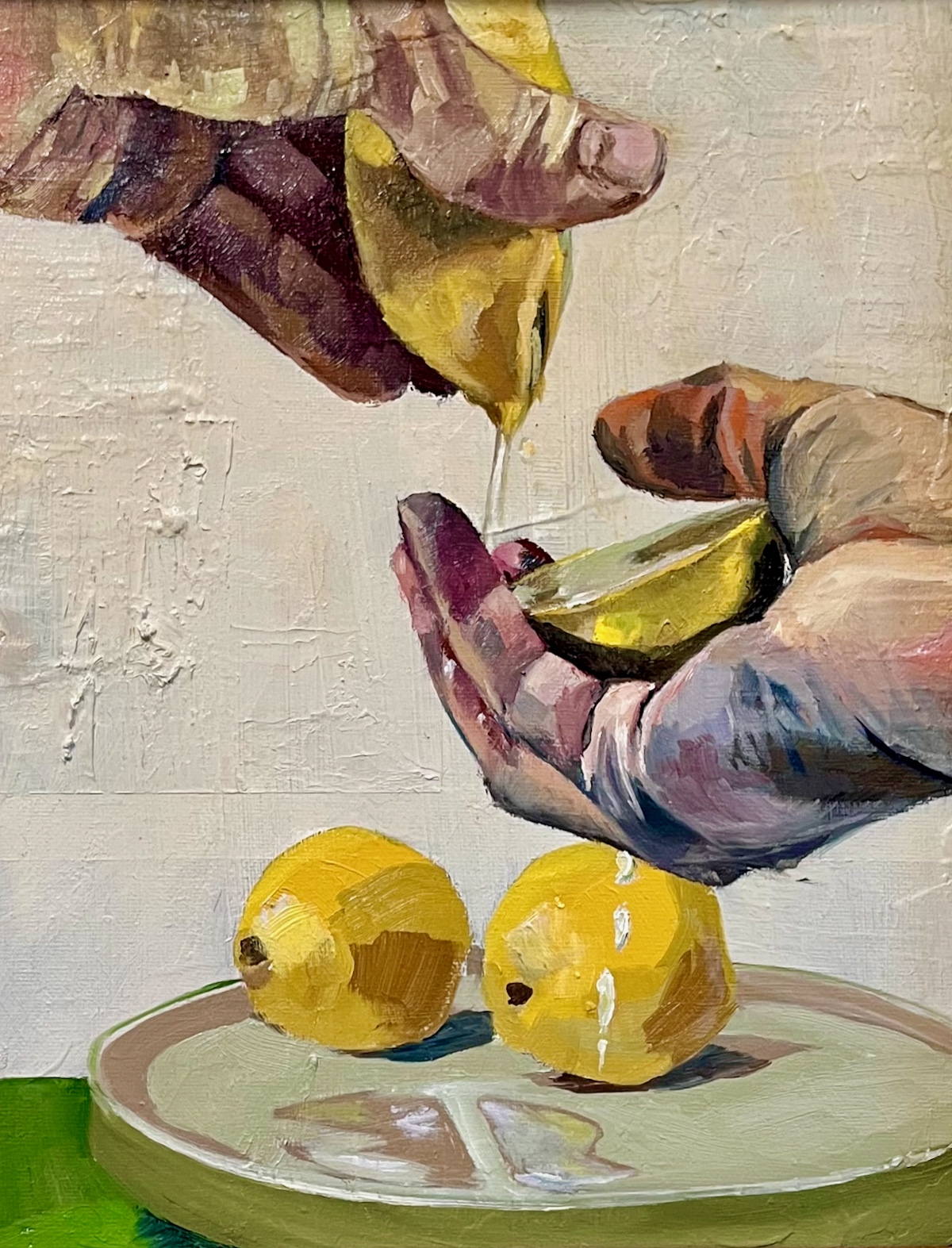
Are there any books, videos or other content that you feel have meaningfully impacted your thinking?
First I’ll say that having and using a planner changed my management routine significantly. When you are all the parts of the business- talent, manager, sales, accountant, marketing etc, having the structure of a planner helps capture the constant to-do list. I use the Full Focus suite of planners. They help break down big dreamy goals into actionable steps. Together with a few artist friends, we hold monthly accountability sessions where we check in on each other’s progress is goal setting. It’s a place for asking each other the taboo questions about the “secret” side of the art business and supporting each other. Community is key!
My top book recs are;
Real Artists Don’t Starve, by Jeff Goins
The Creative Act, Rick Rubins
Design is a Job, Mike Montiero
Walden – Henry David Thoreau
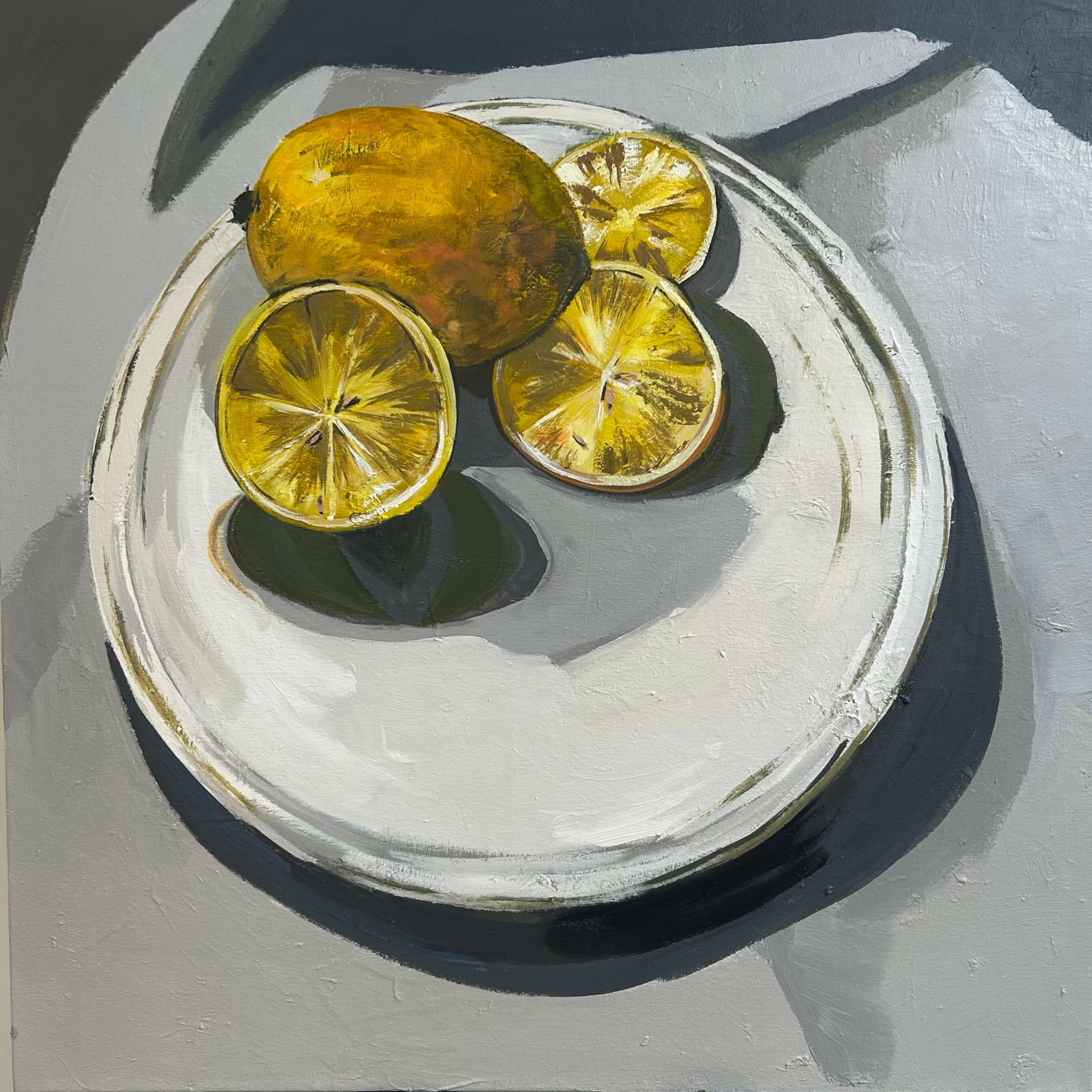

How can we best help foster a strong, supportive environment for artists and creatives?
The best thing society can do to support artists is to maintain affordable places in cities for artists to live. The best societies have the coolest art scenes and the best art scenes exist where artists can survive. If cities make it hard for emerging artists to meet their basic needs, then those people will either move, or stop making work-the latter leaving our world less complete.
Contact Info:
- Website: https://www.evaokrent.com
- Instagram: @evaokrent
- Other: www.pvdlemonadestand.com
@pvdlemonadestand
